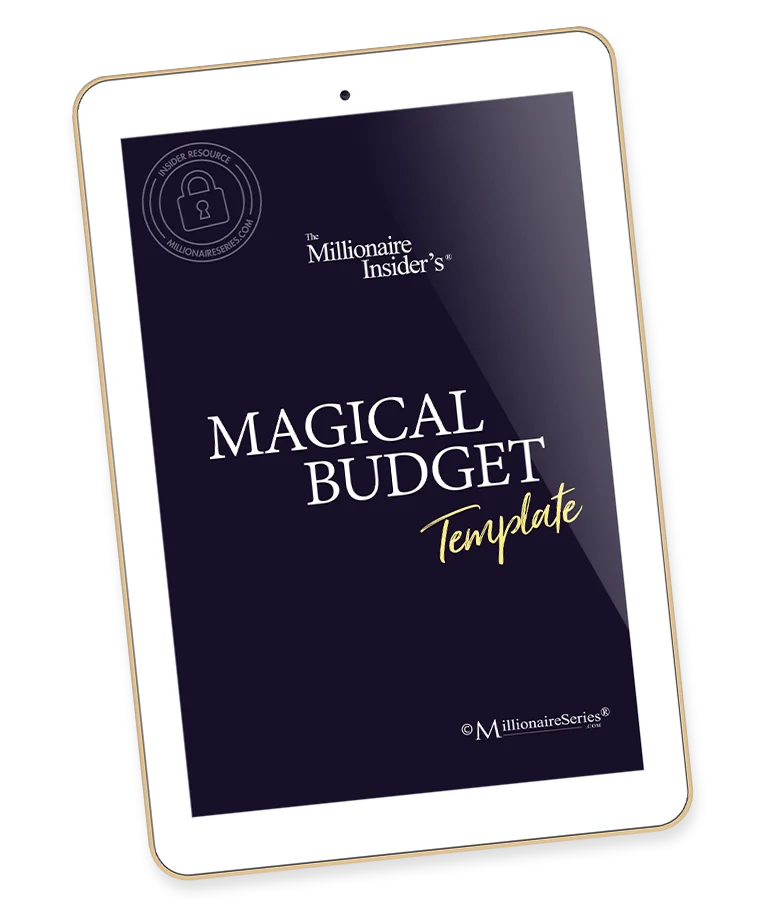If you’re like many of my clients, your pet isn’t “just an animal”; they’re family. As the cost of care for furry friends continues to increase, you may wonder if pet insurance is worth purchasing.
Whether a dog, cat, or even a cockatoo, our pets offer companionship, unconditional love, and joy. But here’s the thing: while they can enrich our lives, they also come with responsibilities—emotional, time-based, and financial.
Over the past three decades advising pre-retirees and retirees, I’ve seen an increasing trend: many of my clients spend more on their pets in retirement than they did while working. Between unexpected vet visits, chronic health issues, medications, and surgeries, the costs can add up quickly. And if you’re living on a fixed or semi-fixed income, a major vet bill can disrupt your entire financial plan.
So, is pet insurance the answer?
We have all heard people say that insurance for their animals was a great decision, while others claim it is expensive and a waste of money.
For this reason, you must do your research before purchasing any insurance or financial product.
Let’s review what it is, how it works, whether it’s worth the cost, and how to integrate it into a comprehensive retirement and financial plan.
What Is Pet Insurance?
Pet insurance works much like human health insurance. You pay a monthly or annual premium in exchange for reimbursement on qualifying veterinary expenses. Most plans allow you to choose your veterinarian, but you’ll pay for services upfront, then submit a claim afterward.
Always review any pet insurance policy with a qualified advisor to ensure you understand what you are purchasing, what it will cover, and the costs.
There are three main types of pet insurance coverage:
1. Accident-only plans
 These cover unexpected injuries, such as broken bones, swallowed objects, or lacerations. It’s the most basic level of protection.
These cover unexpected injuries, such as broken bones, swallowed objects, or lacerations. It’s the most basic level of protection.
2. Accident and illness plans
These are the most common conditions, typically covering chronic illnesses, infections, hereditary conditions, and other health issues.
3. Comprehensive or wellness plans
These often include preventive care such as vaccinations, dental cleanings, flea/tick prevention, and annual wellness exams.
As with all insurance products, plans come with deductibles, copays, and annual or lifetime maximums. Some carriers even offer coverage for alternative treatments, such as acupuncture and hydrotherapy, which are popular among aging pets.
Why Pet Insurance Matters in Retirement
In retirement, every dollar counts. You may have spent your entire career saving, planning, and investing so you could finally live life on your terms. The last thing you want is an unexpected $5,000 vet bill that throws your monthly budget and peace of mind into chaos.
When you create a financial plan that includes pet insurance, you gain:
- Predictability: Fixed premiums allow for better monthly budget planning.
- Peace of mind: You’ll never be forced to choose between costly care and your pet’s well-being.
- Financial flexibility: Instead of tapping into emergency funds, your insurance handles the heavy lifting.
If you’ve built a guaranteed income stream for your retirement, pet insurance is a smart complement. It may help you protect your cash flow from unexpected disruptions.
Real Numbers: What Pet Care Really Costs

One of the most common objections I hear from clients is: “Do I really need pet insurance? I’ve had pets my whole life and never used it.”
But veterinary care today isn’t what it was 20 years ago. Advances in diagnostics, treatments, and specialty care—while incredible—come with a high price tag.
Here’s a breakdown of what average pet care costs run:
- Emergency surgery: $2,000 to $5,000
- Chronic condition (e.g., diabetes or heart disease): $100–$300/month
- MRI or advanced imaging: $1,500–$2,500
- Dental work (including extractions): $500–$1,000
- Annual wellness exam and vaccines: $150–$400
And if you have a breed prone to genetic conditions (such as hip dysplasia in labs or heart issues in King Charles Cavaliers), these expenses could arrive sooner rather than later.
One friend, Susan, came to me in tears after her 11-year-old retriever needed cancer treatment. The initial diagnosis alone was $800. After radiation and surgery, her total bill was over $7,000. She wasn’t insured and had to tap her Roth IRA, resulting in unexpected taxes and emotional stress. “I just didn’t think I’d ever have to make financial decisions about my dog,” she told me.
It was a wake-up call.
How to Choose the Right Pet Insurance Policy
Not all policies are created equal. Here are a few key tips I share with clients when evaluating options:
Understand what’s covered—and what’s not.
Some policies exclude hereditary or pre-existing conditions. Others have breed-specific limitations. And your pet’s health will also impact the coverage.
Always read the fine print.
Pay attention to waiting periods.
Many plans have waiting periods of 14–30 days for coverage of illnesses. Some conditions may have a six-month exclusion window.
Choose a reimbursement method that fits your budget.
Some plans reimburse a fixed amount per condition, while others reimburse a percentage (usually 70–90%) of the veterinary bill.
Factor in your pet’s age and breed.
The older your pet, the more expensive the policy. Most companies won’t enroll pets over a certain age (usually 10–14 years).
Check for lifetime vs. annual limits.
A $5,000 annual limit may sound good—until your pet develops a chronic illness.
Bundle if possible.
If you have other insurance with the same provider, you may qualify for multi-policy discounts.
Just like you wouldn’t buy life or long-term care insurance from the first agent who emails you, pet insurance requires due diligence. I recommend comparing at least three pet insurance companies.
Integrating Pet Insurance into Your Retirement Plan
One of the things I love about helping people create financial plans is that we don’t just build numbers—we build lifestyles.
If your pet is part of your lifestyle, then pet care must be a part of your plan.
I advise clients to:
- Include pet-related costs in your spending plan: food, grooming, boarding, vet visits, and insurance premiums.
- Create an emergency fund category just for pet care, especially if you choose not to insure.
- Add a pet care clause in your estate plan, particularly if your pet is likely to outlive you. Who will care for them? Will you set aside money for their needs?
Planning for your pet protects your peace of mind—and your financial future.
Is Pet Insurance Worth It?

Let’s address the question I hear most: “Is it worth it?”
The honest answer is it depends on your pet, your risk tolerance, and your financial priorities.
Pet insurance isn’t for everyone. If you have significant assets and can easily absorb a $5,000 vet bill, you may choose to self-insure by building a dedicated pet emergency fund.
But if an unexpected expense would strain your monthly cash flow or require you to dip into retirement accounts, insurance can be a valuable tool.
As a rule of thumb, I find that for retirees living on a fixed income—or anyone who would have to weigh the cost of care against their pet’s wellbeing—pet insurance brings peace of mind. And if that is the case, then purchasing it is probably worth it.
Final Thoughts – Should I Purchase Pet Insurance?
If you’re on a fixed income and can afford pet insurance, then it may be a wise decision.
I always say that creating a financial plan allows us to stop worrying about money and start living the life we want. For many of us, that life includes four-legged companions.
By thinking ahead and protecting your pet—and your financial health—you can rest easy knowing you’re covered.
If you are ready to create a secure financial future you love, start here:

Disclosure
The Millionaire Insider® copyrights all materials and intellectual property.
This information is for educational purposes only. It is not intended to replace the advice of any advisor or specialist, nor to provide investment, financial, tax, retirement, planning, or healthcare advice.
Always consult with a qualified professional before making any financial decisions or changes.
